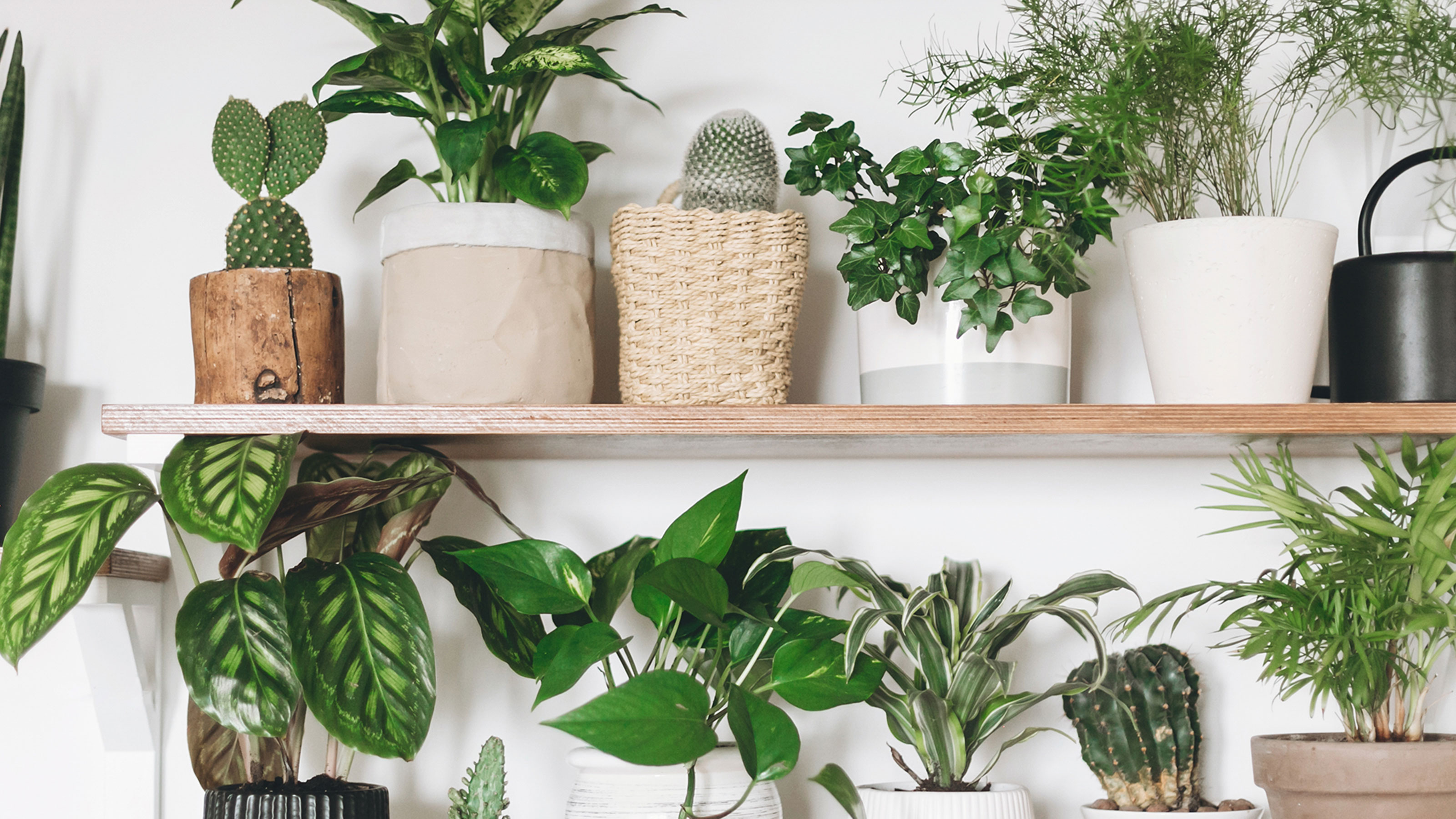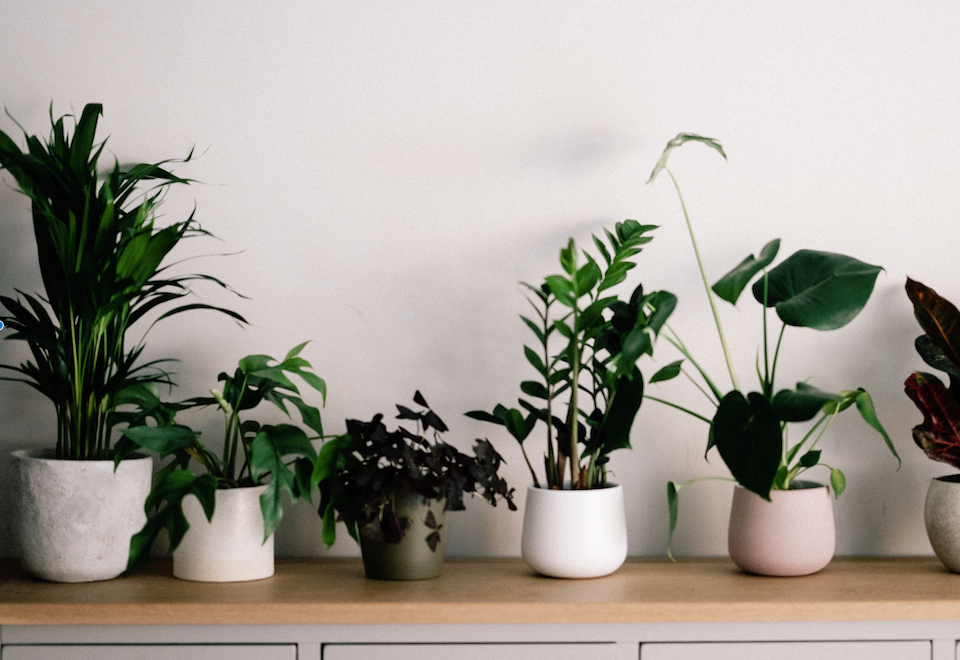Enhance Your Home Décor with the Best Low-Light Indoor Plants
Enhance Your Home Décor with the Best Low-Light Indoor Plants
Blog Article
Discover the most effective Low-Light Indoor Plants for Enhancing Your Home Décor
Including low-light indoor plants right into your home decoration can significantly boost both visual appeals and atmosphere, especially in rooms that lack bountiful natural light. Ranges such as the Snake Plant and ZZ Plant not just bring life to dim edges yet also add to improved air high quality and overall wellness. Recognizing the one-of-a-kind characteristics and treatment needs of these plants can bring about a more harmonious living setting. As we explore the top selections and their innovative applications, one might ask yourself how these options can change your area right into a growing refuge.

Why Pick Low-Light Plants
Why choose low-light plants in your interior rooms? The contemporary living setting usually offers obstacles such as restricted all-natural light, making it hard for standard houseplants to grow. Low-light plants are particularly adjusted to make it through and flourish in these conditions, offering a practical remedy for people seeking to enhance their indoor spaces without the added tension of keeping a lot more light-demanding plants.
In enhancement to their strength, low-light plants contribute substantially to the visual appeals of an area. Their diverse variety of colors, sizes, and shapes enables one-of-a-kind interior decoration chances, producing welcoming and vibrant ambiences. Indoor plants are recognized for their air-purifying high qualities, improving indoor air high quality by filtering system contaminants and launching oxygen, which can boost overall health.
Low-light plants likewise call for minimal maintenance, making them specifically interesting active people or those new to gardening. Their flexibility enables for placement in numerous settings, from workplace rooms to dimly lit edges of the home. By selecting low-light plants, you can delight in the benefits of greenery without the constraints that commonly come with standard gardening, ultimately cultivating a much healthier and more visually appealing interior setting.
Leading Low-Light Indoor Plants
For those looking for to enhance their indoor rooms with greenery that flourishes in low-light problems, numerous plant options stand apart for their durability and visual appeal. The Snake Plant (Sansevieria trifasciata) is a preferred option, known for its upright, sword-like leaves and capability to tolerate forget. This durable plant can make it through in poorly lit locations while enhancing indoor air high quality.
One more excellent option is the Pothos (Epipremnum aureum), characterized by its heart-shaped fallen leaves and routing vines. When positioned on racks or hanging baskets., Pothos is not just adaptable to reduced light however likewise supplies a striking visual comparison.
The ZZ Plant (Zamioculcas zamiifolia) is just as remarkable, flaunting shiny, dark green fallen leaves that can cheer up any edge. Its drought resistance makes it ideal for hectic house owners.
Care Tips for Low-Light Plants
Just how can you guarantee that your low-light interior plants flourish regardless of limited sunshine? First, choose the appropriate potting mix that provides great drain while preserving wetness. A well-aerated soil, such as a blend of potting soil and perlite, can aid prevent origin rot.
Watering is essential; low-light plants typically require much less regular watering contrasted to their sun-loving counterparts. Constantly inspect the top inch of the dirt-- if it really feels dry, it's time to water. Be cautious of overwatering, as this can result in fungal problems and origin decay.
Fertilizing low-light plants must be done sparingly - Best low-light indoor plants. Use a well balanced, water-soluble plant food during the growing period, yet decrease or get rid of fertilizing in the inactive click here for more info months
Additionally, dust can build up on leaves, hindering photosynthesis. Gently wipe the fallen leaves with a damp cloth to maintain them tidy.
Finally, observe your plants very closely. Indications of distress, such as yellowing fallen leaves or leggy development, can indicate that your plant requires adjustments in treatment (Best low-light indoor plants). By adhering to these care ideas, your low-light interior plants can grow, adding elegance and vigor to your home
Imaginative Ways to Display Plants
Raising the visual allure of your indoor room can be accomplished by attentively presenting your low-light plants in creative ways. Take into consideration utilizing vertical room to your benefit; wall-mounted shelves can display routing plants like pothos or philodendron, adding lushness while saving flooring space. Utilize plant stands of differing heights to produce aesthetic interest and depth, attracting the eye up.
Hanging planters are an additional outstanding choice, offering a remarkable effect when suspended from the ceiling or hooks. Macramé wall mounts can present texture and bohemian panache, while modern ceramic wall mounts can fit a minimal visual. For an extra cutting-edge technique, repurpose special containers such as vintage teacups or glass jars, which can add personality to your display screen.
Organizing plants in collections is additionally efficient; use differing pot dimensions and colors to develop a natural look. This technique not just improves aesthetic impact however additionally provides a natural habitat feeling - Best low-light indoor plants. Take into consideration putting plants near light resources like home windows or lights to maximize their growth and showcase their vivid foliage, thus enhancing the general setting of your indoor setting.
Benefits of Indoor Greenery
Countless researches have actually demonstrated that integrating interior plant right into your living space supplies a wide variety of advantages, boosting both mental and physical well-being. Among one of the most significant advantages of interior plants is their capacity to enhance air quality. Plants soak up co2 and release oxygen, creating a healthier environment while also straining damaging contaminants, hence advertising respiratory wellness.
Moreover, the presence of greenery has actually been linked to decreased anxiety levels. Research study suggests that connecting with plants can decrease cortisol levels, which are associated with tension. This relaxing impact can cause enhanced mood and increased performance, making interior plants an optimal addition to work areas.
Additionally, indoor plant can enhance cognitive feature. Researches recommend that atmospheres improved with plants can cause increased about his focus, creativity, and total mental quality. The visual allure of interior plants likewise adds to an extra inviting and pleasurable atmosphere, favorably affecting social communications and total contentment within a room.
Final Thought

Incorporating low-light indoor view publisher site plants right into your home design can dramatically improve both looks and environment, specifically in rooms that lack plentiful natural light. Ranges such as the Snake Plant and ZZ Plant not only bring life to lower edges but likewise contribute to enhanced air quality and total wellness. Interior plants are recognized for their air-purifying qualities, enhancing interior air high quality by releasing and filtering system toxins oxygen, which can enhance overall wellness.
For those seeking to improve their indoor rooms with plant that prospers in low-light problems, several plant alternatives stand out for their strength and aesthetic appeal. These resistant plants, such as the Serpent Plant and ZZ Plant, thrive in dim problems and require very little upkeep, making them appropriate for different lifestyles.
Report this page